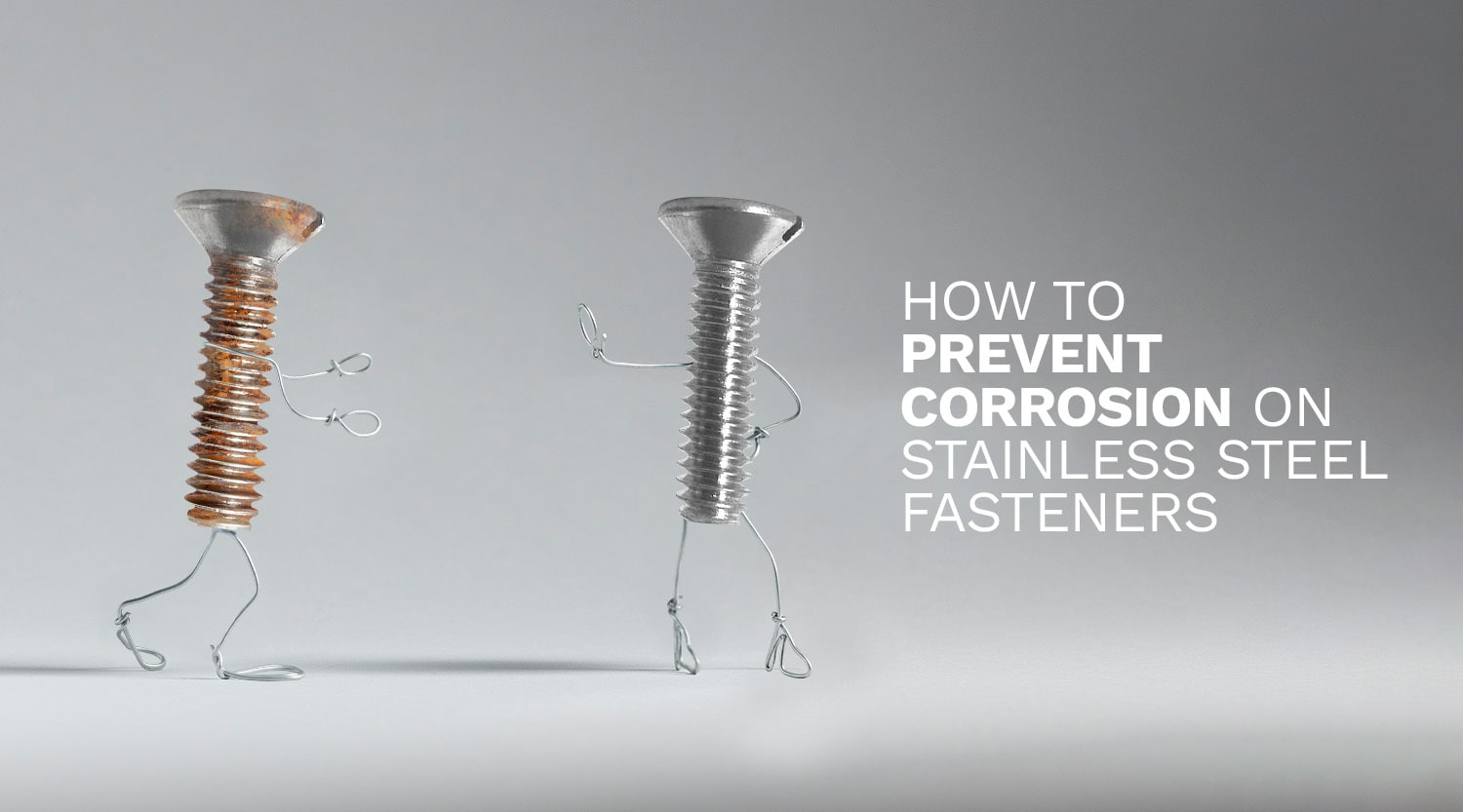


Ever noticed how even the mighty stainless steel, the hero in our kitchens, industries, and infrastructure, isn’t entirely invincible? That’s right, we’re talking about the sneaky villain known as corrosion, which can make stainless steel fasteners, those little heroes holding our world together, lose their grip over time. Understanding how to prevent this corrosion is crucial for maintaining the longevity and reliability of these essential components.
Corrosion in SS fasteners can manifest in various forms, including pitting, crevice corrosion, and galvanic corrosion, each presenting unique challenges. This degradation primarily occurs when stainless steel is exposed to corrosive environments, such as those with high salinity or acidity, disrupting the protective chromium oxide layer. Recognizing the types of corrosion and the conditions that lead to the corrosion is the first step in effectively safeguarding your stainless steel components.
The key to maximising the lifespan of stainless steel fasteners lies in selecting the right type for your specific application. Not all steel fasteners are created equal; different grades offer varying levels of corrosion resistance. For environments prone to high moisture, salinity, or chemical exposure, it’s imperative to opt for corrosion resistant fasteners. These specialised fasteners are designed with alloys that enhance their ability to withstand corrosive elements, thereby ensuring durability and reducing the need for frequent replacements.
Regular maintenance is essential to prolong the life of steel fasteners. Simple practices such as routine inspections for signs of wear and corrosion can prevent minor issues from escalating. Cleaning the fasteners to remove dirt and grime also plays a crucial role in maintaining their corrosion resistance. When installing steel fasteners, it’s vital to use the correct tools and techniques to avoid damaging the protective surface layer, which could make them more susceptible to corrosion.
For environments where steel fasteners are exposed to severe corrosive conditions, additional protective measures may be necessary. Various coatings and surface treatments, such as passivation, can further enhance the corrosion resistance of these fasteners. The role of the ss fastener manufacturer is also critical in this context. Reputable manufacturers often offer fasteners that have undergone advanced treatments to improve their resilience against corrosion, providing an added layer of security for your projects.
The battle against corrosion in stainless steel fasteners is ongoing, but with the right knowledge and strategies, it’s a fight that can be won. Selecting the appropriate corrosion-resistant fasteners for your specific needs, coupled with diligent maintenance and the utilisation of advanced protective treatments, can significantly extend the life of these critical components. Remember, the integrity of steel fasteners not only affects the longevity of your projects but also ensures safety and reliability in their applications. Investing in quality fasteners from reputable ss fasteners manufacturers and adhering to best practices in maintenance is not just a choice—it’s a necessity for anyone looking to achieve lasting results in their endeavours.
By taking proactive steps to prevent corrosion, you safeguard the value and integrity of your projects, ensuring that your steel fasteners stand the test of time and the elements. Embrace these strategies, and watch as your fasteners resist corrosion, maintain their strength, and continue to perform their vital roles in your projects.
While stainless steel is naturally corrosion resistant, taking active steps to mitigate corrosion ensures fasteners maintain their integrity long-term. A proactive approach prevents avoidable system failures and provides peace of mind that assemblies meet critical safety and lifespan requirements. Partnering with a fastener supplier experienced in corrosion prevention is recommended to implement these best practices effectively. Investing in the right corrosion prevention measures maximises the corrosion resistance stainless alloys provide. Thus, investing in corrosion prevention pays off for stainless steel fasteners in the long run.
The most corrosion resistant alloys are super duplex stainless steels like 2507, super austenitics like 904L, and high molybdenum austenitics like 316L and 317L. They provide the best resistance to pitting, crevice corrosion, and chloride stress corrosion cracking.
Using fastener alloys that are close together in the galvanic series minimises potential differences. Isolating dissimilar metals, coatings, and designing proper drainage also helps prevent this type of corrosion.
Narrow gaps between faying surfaces create oxygen concentration cells, allowing chlorides and other species to concentrate and attack locally. Sealing out moisture prevents this.
Yes, regular lubrication maintains protective oxide passivation layers and prevents galling and fretting corrosion caused by movement. Use corrosion inhibiting lubricants.
Maintaining proper torque ensures tight thread engagement, sealing out crevice corrosion. It also prevents cracks caused by variable loading from loose joints.
We hope you found this post helpful. If it resonated with you, don’t hesitate to connect with us on social media platforms to ensure you’re always in the loop with our latest updates.